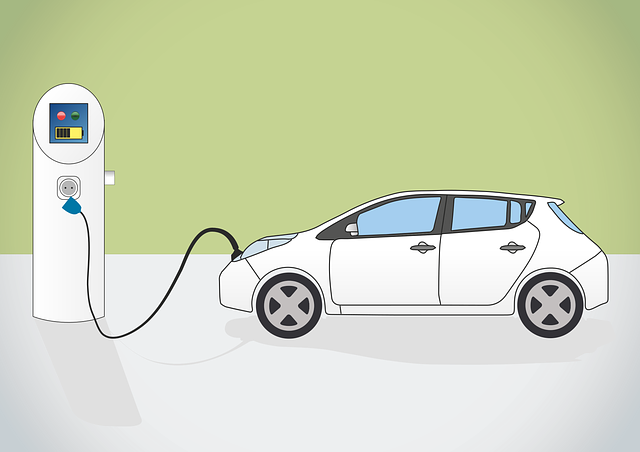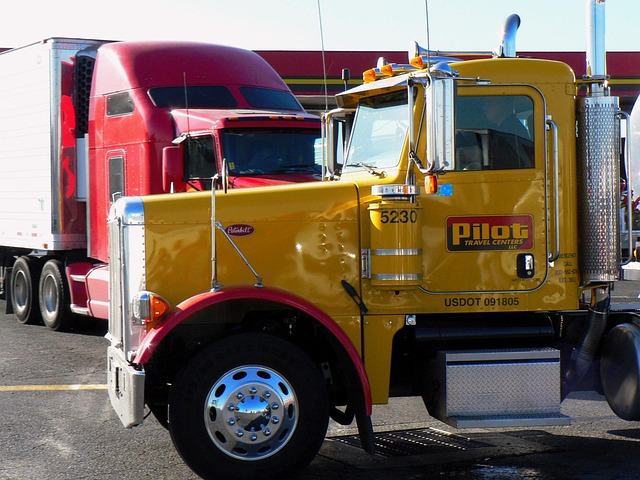Looking to register your car in California? This comprehensive guide breaks down the process step-by-step. From understanding essential requirements to securing your license plate, we’ll walk you through each phase. First, gather crucial documents needed for the DMV visit, including proof of ownership and insurance. Then, prepare for a seamless experience with our tips on performing a DMV VIN verification. Let’s dive into how to complete the registration application and settle your fees efficiently.
- Understand California Car Registration Requirements
- Gather Necessary Documents for DMV Visit
- Perform VIN Verification at DMV
- Complete Vehicle Registration Application
- Pay Registration Fees and Receive License Plate
Understand California Car Registration Requirements

Before registering your car in California, it’s crucial to understand the state’s specific requirements. The California Department of Motor Vehicles (DMV) mandates that vehicles must undergo a thorough inspection to ensure they meet safety and emission standards. One critical step in this process is the DMV vin verification, which involves checking the vehicle identification number (VIN) to validate the car’s history and authenticity.
This verification process includes a comprehensive examination of the vehicle’s components, such as lights, brakes, tires, and emissions systems. Additionally, for peace of mind, many California residents opt for a mobile VIN inspection or use a mobile vin verifier service, ensuring that their vehicles are in compliance with all regulations before registering them.
Gather Necessary Documents for DMV Visit

Before heading to the California DMV (Department of Motor Vehicles), make sure you gather all the necessary documents for a smooth registration process. This includes your vehicle’s registration certificate from the previous state, proof of insurance, and a valid driver’s license. Additionally, the DMV will require a Vehicle Identification Number (VIN) verification, which can be efficiently completed using a mobile vin verifier or through a simple online check.
Ensure that your vehicle passes all necessary safety standards by arranging for a mobile vin inspection if needed. This step is crucial as it verifies your car’s history and ensures it meets California’s requirements. By having these documents in hand, you’ll save time at the DMV and expedite the registration of your new or transferred vehicle.
Perform VIN Verification at DMV

Before registering your car in California, it’s crucial to ensure that your vehicle has passed a VIN (Vehicle Identification Number) verification process. This is typically done through the Department of Motor Vehicles (DMV), which offers a thorough inspection service. The DMV vin verification ensures that the car matches the information provided by the manufacturer and helps prevent fraud.
One convenient way to complete this step is by utilizing a mobile vin verifier or undergoing a mobile vin inspection. These services allow you to get the necessary checks done from the comfort of your location, saving you time and effort. By combining the DMV’s official verification with these modern solutions, you can streamline the car registration process in California.
Complete Vehicle Registration Application

To start the car registration process in California, begin by obtaining a Vehicle Registration Application from your local Department of Motor Vehicles (DMV) office or downloading it from their official website. Fill out the form accurately, providing all the necessary information about your vehicle, including its make, model, year, and unique Vehicle Identification Number (VIN). This step involves completing details like ownership history, insurance information, and personal data. Once this section is finalized, you’ll be one step closer to registering your car in California.
A crucial aspect of this process is the DMV’s VIN verification, which ensures the vehicle’s authenticity. You can opt for a traditional, in-person inspection or leverage modern solutions like a mobile VIN verifier. This service allows you to conduct the verification remotely using your smartphone or tablet, providing convenience and saving you a trip to the DMV. Ensure that all documents are accurate and up-to-date, including any previous registration records or titles, as these will facilitate a smoother registration process.
Pay Registration Fees and Receive License Plate

After completing your vehicle’s registration application at the California DMV, the next step is to pay the required fees. These fees cover the cost of registering your car and obtaining license plates. The amount you’ll pay depends on various factors such as the type of vehicle and its age. It’s crucial to ensure that all documents are in order and accurate, including proof of insurance and any necessary emissions testing (if applicable). Once the fees are paid, a DMV official will process your application and conduct a DMV VIN verification to cross-reference the vehicle identification number (VIN) with their records.
Following successful VIN inspection, you’ll be issued a set of license plates that must be displayed on your vehicle at all times while it’s operated on California roads. The DMV may offer the option for you to receive your license plates by mail or to pick them up in person. Additionally, some services provide mobile VIN verification and plate delivery, such as using a mobile vin verifier app, which can be convenient for those with busy schedules.
Registering a car in California involves understanding specific requirements, gathering essential documents, and completing key steps like DMV VIN verification. By following these straightforward processes—from preparing necessary paperwork to paying registration fees—you can ensure your vehicle is legally compliant and ready for California’s roads. Remember, accurate and up-to-date information is crucial, so always refer to the official California DMV resources for the most precise guidance during your registration process.
